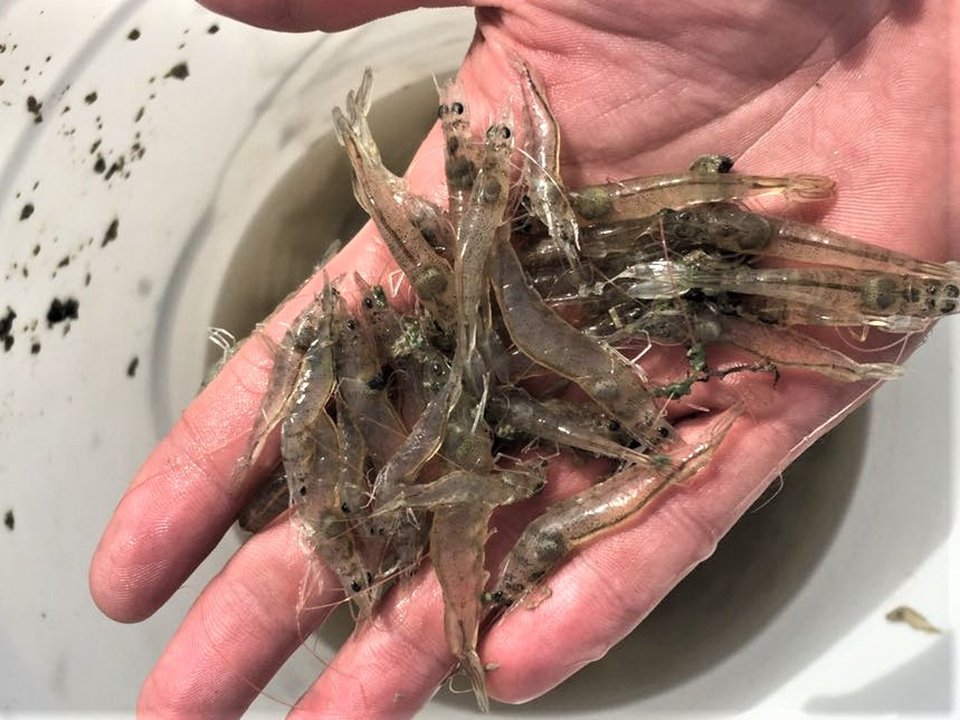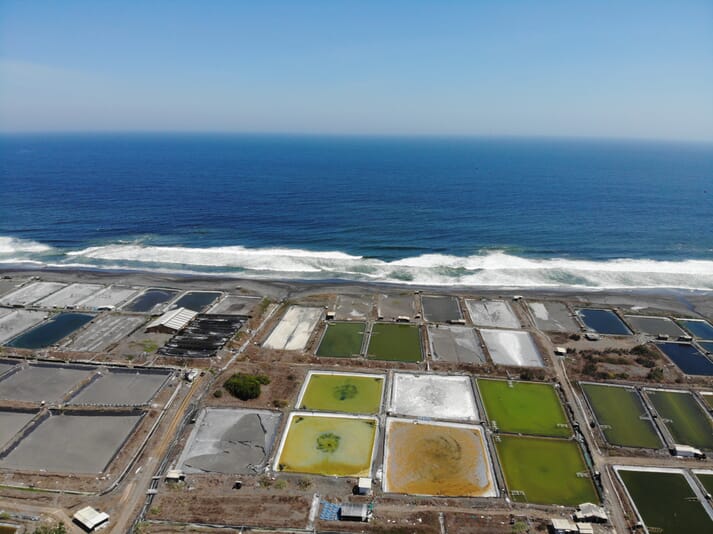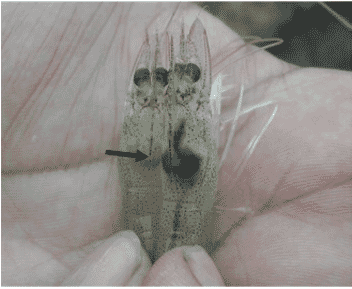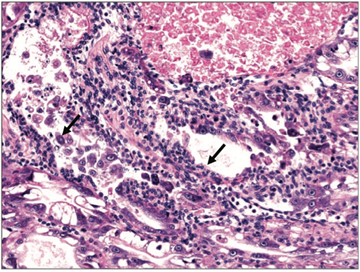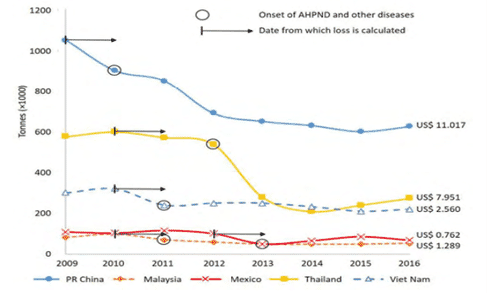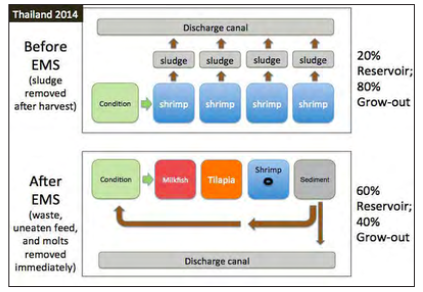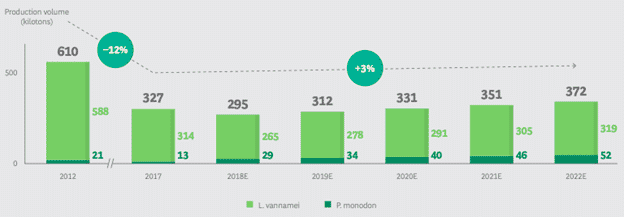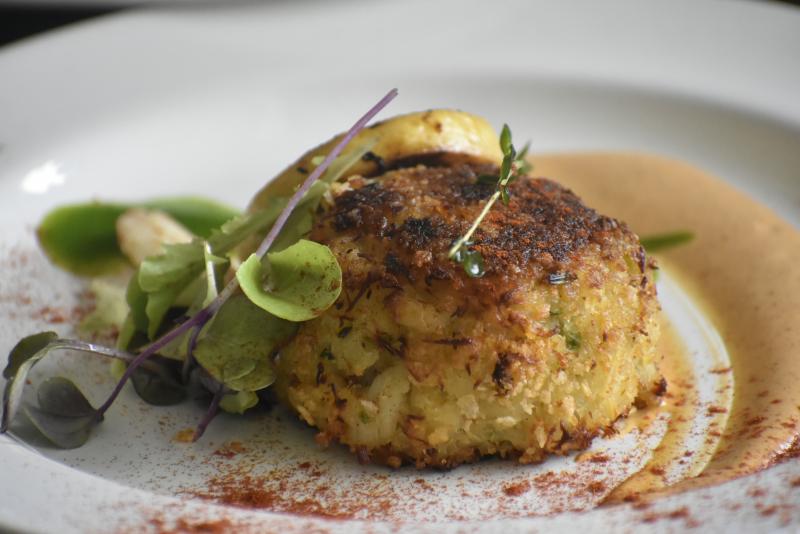Neil Ramsden, deputy editor of Undercurrent News, brings you a roundup of the main stories from the previous week.
Our top story last week was the news that Tesco is tendering its entire shrimp category and also chilled whitefish, putting at risk a large chunk of business currently with the seafood arm of meatpacker Hilton Food Group, formerly known as Seachill UK.
The tender from UK retail giant Tesco, Hilton's largest customer in meat and fish, puts around £90 million (retail sales value) in chilled whitefish and shrimp up for grabs, sources told Undercurrent. The business would be worth around £72m to Hilton Seafood UK, the new trading name for Seachill, based on a retail margin of roughly 20%, sources said. So, that's close to 25% of Seachill's last reported turnover of £307m for 2018.
The chilled salmon, coated whitefish and fish cakes Hilton does for Tesco, worth around £100m, £22m and £18m respectively, are not being tendered, sources said.
Tesco is also tendering its frozen and "industrial" shrimp contracts, as well as the supply for its Booker Group cash and carry operation. Hilton does not supply the frozen, industrial, or Booker shrimp contracts, however.
Read the story in full here.
A recent recovery in Chinese orders, the rise in Ecuadorian production, and India's faster-than-expected recovery might lead 2020 global shrimp production to drop less than previously forecasted, wrote Matilde Mereghetti, citing Dutch lender Rabobank.
The Global Aquaculture Alliance (GAA) carried out a survey of producing countries, which points to expectations of a 10% drop in global shrimp production this year.
This forecast was "maybe a little too negative" since it incorporated a "huge" decline of 26% in India, said Rabobank analyst Gorjan Nikolik, presenting at the Aqua Expo Guayaquil, an event taking place on Nov. 24-26.
Indian shrimp production is likely to decrease by 10-15%, which is still a significant drop, he said. Additionally, some countries, like Indonesia, could actually increase production, a factor that is also not included in the GAA survey, Nikolik pointed out.
You can read that story here.
US processor and distributor Fortune International has completed a deal for another such firm, based in Windsor, Wisconsin (WI): Neesvig’s. Neesvig's also operates Empire Fish, a Wauwatosa, WI-based retail store, and a state-of-the-art "fulfillment operation" in DeForest, WI.
Neesvig's represents Fortune's ninth (and largest) transaction since launching its acquisition strategy in 2012, which has been further accelerated since entering into a partnership in 2020 with Investcorp, a leading global alternative asset manager.
Fortune -- already one of the nation’s largest seafood and specialty food processors and distributors, according to the firm -- said the acquisition further expands its Fortune Fish & Gourmet brand with its first designated meat processing facility.
Read this in full here.
In North America, Jason Huffman reported that Canadian lobster harvesters weren’t just sharing a bad dream; the shore prices on live hardshells in lobster fishing areas (LFAs) 35-38 really did drop as much as CAD 3.50-4.00 ($2.68-$3.06) per pound, from roughly CAD 11.00/lb to CAD 7.00/lb -7.50/lb, over a recent, nearly three-week period.
Another drop of at least $0.50 to $1 is likely on the way, predicts one Boston, Massachusetts-based dealer interviewed recently by Undercurrent.
That's because on Monday, Nov. 30 -- the traditional last Monday in November -- Canada is set to allow harvesting to begin in LFAs 33 and 34, the country's most prolific lobster fishing zones off the southwest coast of Nova Scotia, responsible for nearly 30% of the almost 100,000 metric tons of Homarus americanus caught annually by the country.
Read the full story here.
Young's Seafood is bringing in two sales executives formerly with meatpacker Hilton Food Group's seafood arm, including one with a strong relationship with Tesco, sources told Undercurrent.
Amanda Webb, long-time Seachill UK sales director, is set to join Young's, as the CapVest Partners-backed processor is said to be making a play for some business with Tesco currently done by Hilton. Webb and Hilton parted company in July.
In addition to Webb, Young's has also hired Steve Canham from Hilton Seafood UK, the new trading name for Seachill, sources said. Canham was part of Webb's sales team at the processor, having joined in 2014. It's thought Canham's role was handling all the non-Tesco business, such as the Waitrose and Partners coated fish contract.
You can read this in full here.
Louis Harkell, our reporter covering Chinese seafood news, reported on a pilot floating salmon farm's launch, with the owner trumpeting it will build an entire aquaculture armada of similar vessels, each as big as a modern cruise liner.
'Guoxin 101' set sail on Nov. 6 from Taizhou in Jiangsu province, plotting a course for the East China Sea where it will undergo deep-sea trials, reported local TV news station Qingdao News.
The vessel launched from the harbor with golden carp fish, which swam about in tanks installed in the hold and exposed by a retractable roof as it sailed beneath a bridge.
You can read that in full here.
The mechanism by which processors in the US state of Alaska determine how much to pay sockeye salmon fishermen is a "black box", and especially so this year amid the COVID-19 pandemic that sent base prices tumbling, reported Americas editor Jason Smith, citing the head of a trade group.
Andy Wink of the Bristol Bay Regional Seafood Development Association (BBRSDA), which represents the bay's drift-net fleet, and other panelists spent a 90-minute meeting last week sharing data and anecdotes to help explain why base ex-vessel prices paid to fishermen are down so sharply this year. After learning that processors set those prices at $0.70 per pound this year, which compares to 2019 base ex-vessel prices of $1.35/lb, many fishermen cried foul urging the BBRSDA to seek more "transparency" about how the level was determined.
Wink, who prior to becoming the group's executive director was a longtime seafood economist, said the term "black box", a system with "unknown internal functions or mechanisms, is one way to describe of ex-vessel prices are set by processors.
Read that in full here.
Dan Gibson, using Undercurrent's own detailed reporting on seafood M&A, reported on how over the past few months there's been no escaping the flurry of stock market activity in global seafood. Whether it's salmon, cod, or yellowtail kingfish, the sector is awash with fish farmers announcing their intent to list on international stock markets.
He spoke to Christian Holtermann, a veteran advisor of the Norwegian aquaculture sector, who believes that farming companies are well aware they have "a window of opportunity" to raise capital while investors are confident in the market.
"The market is very hot, although it's getting a little bit rocky now with the prices of salmon bringing the shares down, and you see that most of them are underperforming," Holtermann told Undercurrent. "So what we see is, this window's not going to stay, it will look very different six months from now."
Read this in full here.
Recirculating aquaculture system technology may have brought the potential to farm salmon close to practically any urban center in the world, but it does, naturally, come at a cost.
The land, the facility, the energy and the water treatment costs, among other things, mean RAS centers are currently an expensive undertaking. However, by-and-large (and not necessarily as a rule) flow-through systems -- which are still land-based, but only recycle a portion of the water utilized -- are cheaper to operate.
I took a look at the possible locations for such facilities around the world, with some help from Hakon Berg from Salmon Evolution and Helge Krogenes, co-founder and chief commercial officer of Andfjord Salmon. Read that here.
Finally, monthly Chinese trade data shows COVID-19 contamination fears continued to depress Chinese shrimp imports in October.
Last month, China imported 24,100t of frozen warmwater shrimp, down 61% compared with the same month last year, according to the latest Chinese customs data compiled by Undercurrent.
The total value of imports was $128m, down 67% year-on-year, according to the figures released this week. Read more on that here.
Contact the author [email protected]
Editor's recap: UK firms fight for Tesco contracts; Shrimp output drop may be less than expected - Undercurrent News

















